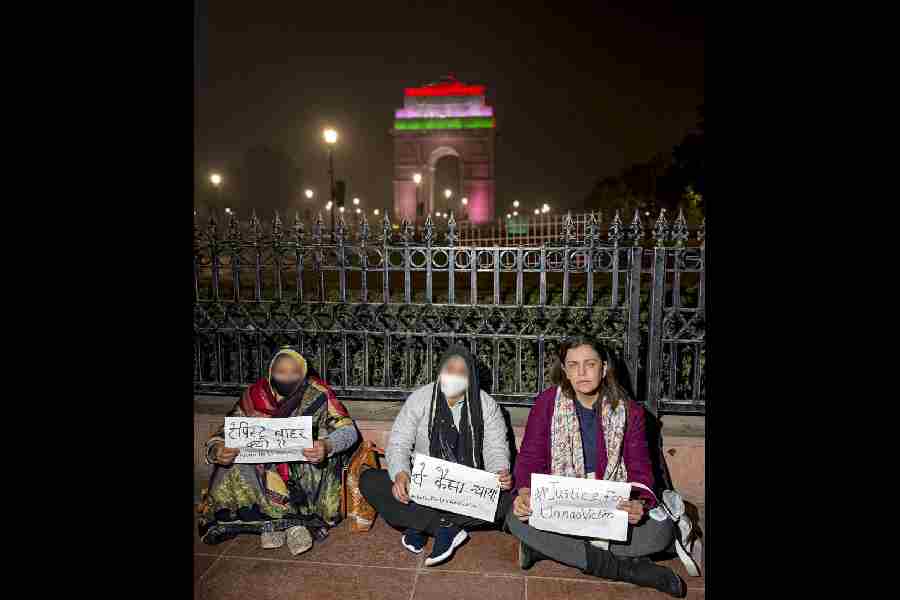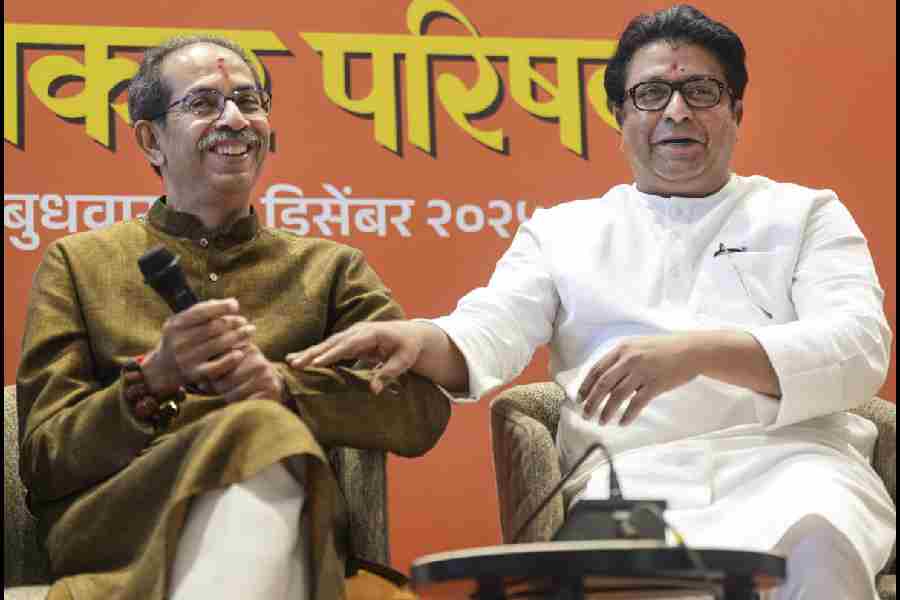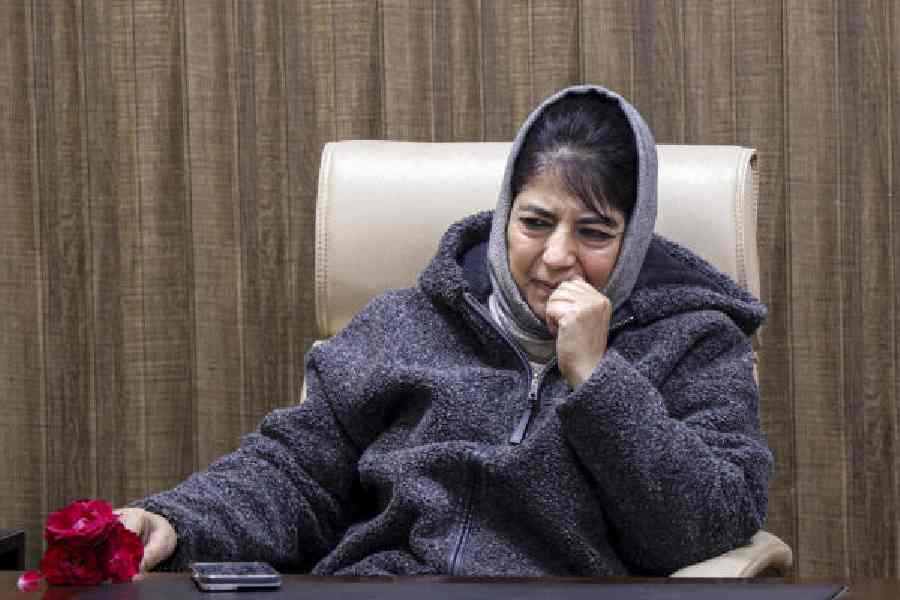 |
| Children of Senduwar village look for pieces of gold after a downpour. Picture by Sanjay Choudhary |
Patna, June 22: It literally rains gold in the remote Senduwar village of south-central Bihar’s Rohtas district.
People in the village, nestled amid the Kaimur hills, about 7km southwest of Sasaram, the district headquarters of Rohtas, wait impatiently for the monsoon for reasons other than agriculture. For, every dark cloud that looms over this village has a gold lining to it. When the cloud condenses, villagers run with sieves (iron net) and thin cloths to collect pieces of gold that flow with the rainwater from the hills. A huge crowd gathers here after every heavy downpour.
“Nobody knows from where the pieces of gold come. But the fact remains that the lucky ones collect enough of the yellow metal to make a fortune. A big crowd can be seen busy collecting the pieces of gold when it rains cats and dogs,” said Abhay Kumar Rai, sarpanch of Sonhar (perhaps named so after either the gold or the nearby Son river) panchayat under whose jurisdiction Senduwar village falls. He said that every year lady luck shines on these villagers. Even children come to collect the metal.
Last year, Ranjan Kumar Singh, an eight-year-old student of the local government school, collected pieces of gold weighing over four grams. He also gathered some articles made of precious stones, Rai said.
The village, inhabited by over 500 people, is about 30 feet above sea level on the foothills of the Kaimur plateau, about 180km southwest of Patna. A team of officials headed by a probationary Indian Administrative Service (IAS) officer, Ravinder Kumar, had visited the village last year after it heard about pieces of gold flowing with the rainwater.
The team later submitted a report to then district magistrate, Anupam Kumar, recommending a detailed survey by geologists. “The report is gathering dust in the office of the district magistrate with officials taking little interest in the matter. Even a year later, no action has been taken by the administration,” rued the Sonhar panchayat head.
Awadh Bihari Singh, an 80-year-old resident, was among the first few in the village to collect the precious metal. “I had never thought that it would prove a turning point in my life. I used to till my agricultural land. A co-villager told me about pieces of gold flowing with rainwater. I tried my luck and became rich overnight,” he said.
Singh had also found two gold rings and a necklace made of precious stones, prompting residents to inform senior district officials. Ram Janam Singh, an advocate and village resident, said that a team from the Archaeological Survey of India and the Banaras Hindu University had visited the village about two decades ago. The team, led by head of BHU’s department of ancient history, Birendra Pratap Singh, who also held additional charge of the varsity’s geology department, carried out excavations in two phases, from 1986-87 and again from 1989-90. Necklaces made of precious stones such as harit mani (andradite), suryakanta mani (star ruby) and panna (emerald) besides earthen pots and hunting tools made of bones were recovered from the village, Singh said.
The excavation team that comprised head technician Lalit Mishra and botanist D.K. Saraswat spent almost nine months in two phases to carry out the excavations. However, the excavation was stopped midway for reasons best known to the team, the advocate said. Articles recovered during the excavation have been kept at the Archeological Survey of India’s Varanasi-based museum.
Gokul Singh, councillor of ward no. 13 under Kargahar block, said a delegation of locals had met chief minister Nitish Kumar during his Seva Yatra in Rohtas in 2012, requesting him to develop the village as a tourist destination. Petitions were also submitted to Vivek Kumar Singh, then principal secretary of art, culture and youth affairs department, and the joint director of ASI, drawing their attention towards the sorry state of ruins of a cultural heritage dating back to 2200 BC.










